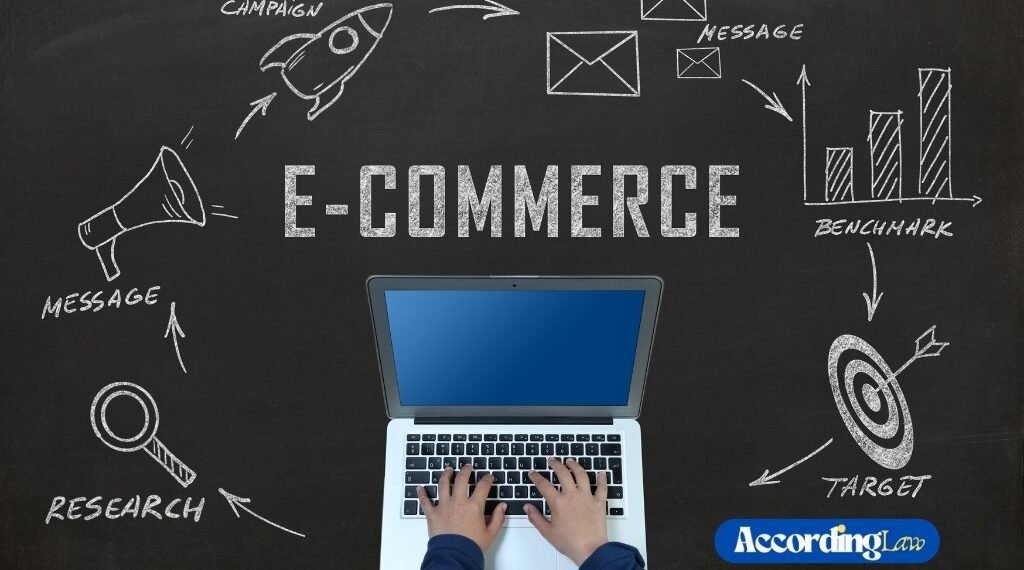In 2025, AI is one of the core tools of e-commerce. Shoppers expect fast, relevant, frictionless experiences. Merchants want automation, better margins, and insight-driven decisions. AI delivers both. But not as a single tool. It works through specialized applications, including recommendation engines, predictive analytics, and smart assistants.
Let’s break down four 2025 AI trends in ecommerce that are changing how online shopping works.
Table of Contents
Hyper-Personalization at Scale: How AI Is Changing Product Discovery
Shoppers want stores to feel like they “get” them. AI makes that possible instantly. From landing page to checkout, everything adapts. No two users see the same homepage. One sees minimalist shoes. Another notices limited-edition streetwear.
AI-driven personalization now includes:
The backend is where this AI trend in ecommerce gets interesting. Large language models now generate product descriptions for users. Like a digital sales rep who adapts tone, benefits, even image order.
To implement this, brands often hire a specialized AI development company. These teams integrate models into Shopify or WooCommerce setups. Some even build AI-powered CMS logic from scratch. With AI, you are creating an experience that feels human.
Predictive Inventory and Demand Forecasting
Inventory used to be guesswork. Not anymore. AI analyzes historical sales, site traffic, product seasonality, and external factors like weather or holidays. It doesn’t just react. It predicts. Let’s say you sell hiking gear. AI may spot a spike in searches and orders each time a specific trail gets mentioned online. That triggers a reorder before stock runs low.
Real-world impacts of this AI trend in ecommerce:
Some AI tools even sync with ERP systems to trigger automatic restocking. The outcomes are learner operations, less waste, and more accurate promo planning. It’s about being ready when demand hits, not just about saving money.
Conversational Commerce with AI Chatbots and Voice Assistants
Shoppers don’t want to “navigate.” They want to ask. Chatbots powered by AI make that real. In 2025, it’s a full conversation without stiff, scripted flows.
A shopper might type:
“Hey, do you have this stuff in a different color, and can it be delivered by Friday?”
Instead of offering links, AI checks inventory, delivery dates, and gives a personalized answer. No human agent needed. Some brands go further, with voice assistants embedded in their apps or devices.
Key functions in AI-driven conversational commerce:
The best bots now use retrieval-augmented generation (RAG) models. That means they pull data from live sources like CRM, ERP, or CMS and then generate answers. No memorized responses. Early adopters report massive time savings in support teams. Plus, shoppers who engage with bots often convert better. It feels like service, not search. AI assistants blur the line between online and in-store. They inform, guide, recommend, and close.
AI-Driven Product Tagging and Image Recognition
Messy product data slows everything down, search, SEO, and recommendations. So, one of the 2025 AI trends in e-commerce is fixing it with automation. We talk about automated product tagging. AI can now scan thousands of product photos and generate accurate tags.
Not just colors or shapes, but context, style, and even use cases. For fashion, it means labels like “boho summer dress with flared sleeves.” For furniture, “Scandinavian walnut coffee table with drawers.”
Why it matters:
Many systems use convolutional AI agents trained on millions of commercial images. Some also integrate with PIM platforms directly. No more waiting for content teams to catch up. Result better discoverability, better recommendations, and faster time-to-market.


